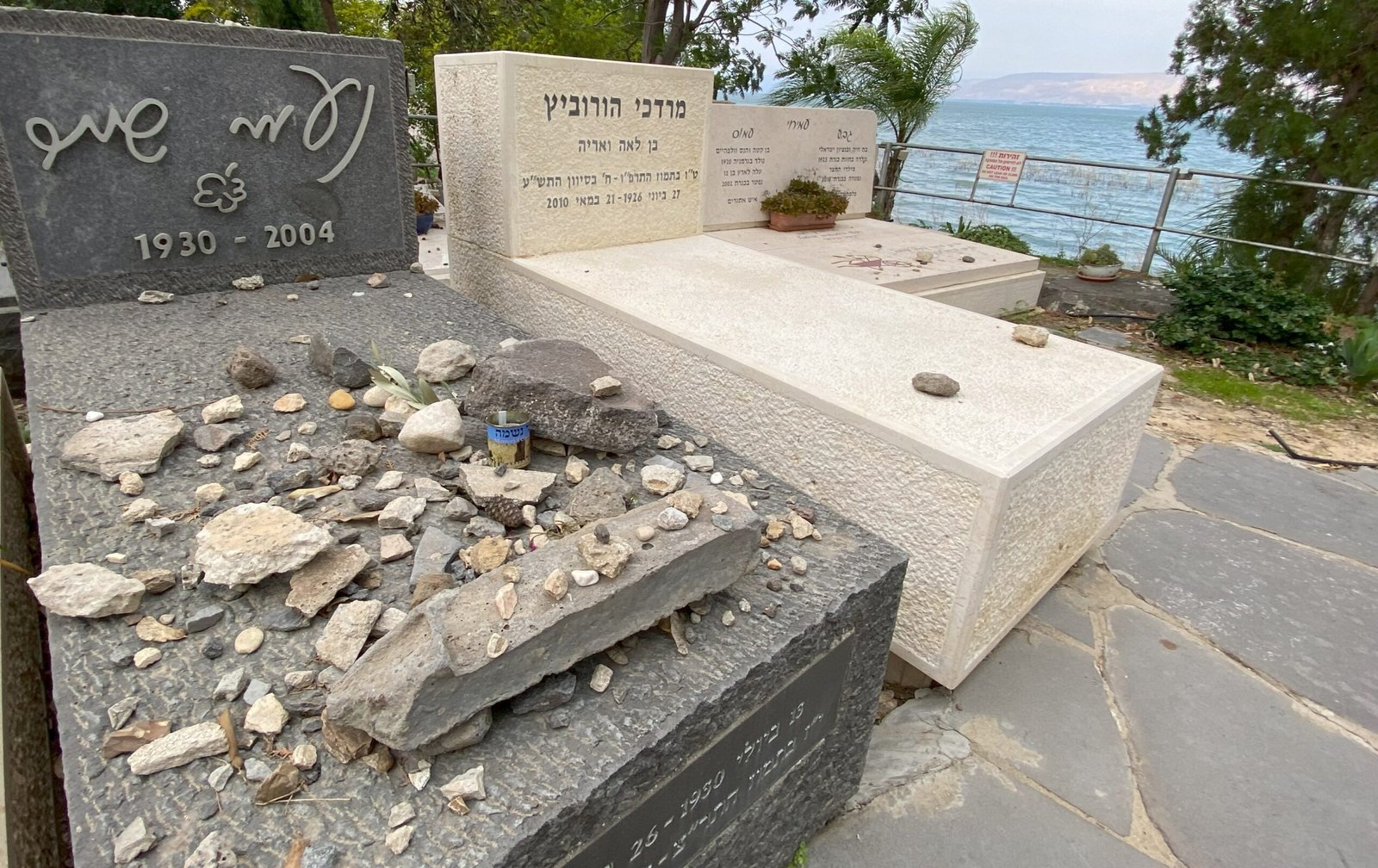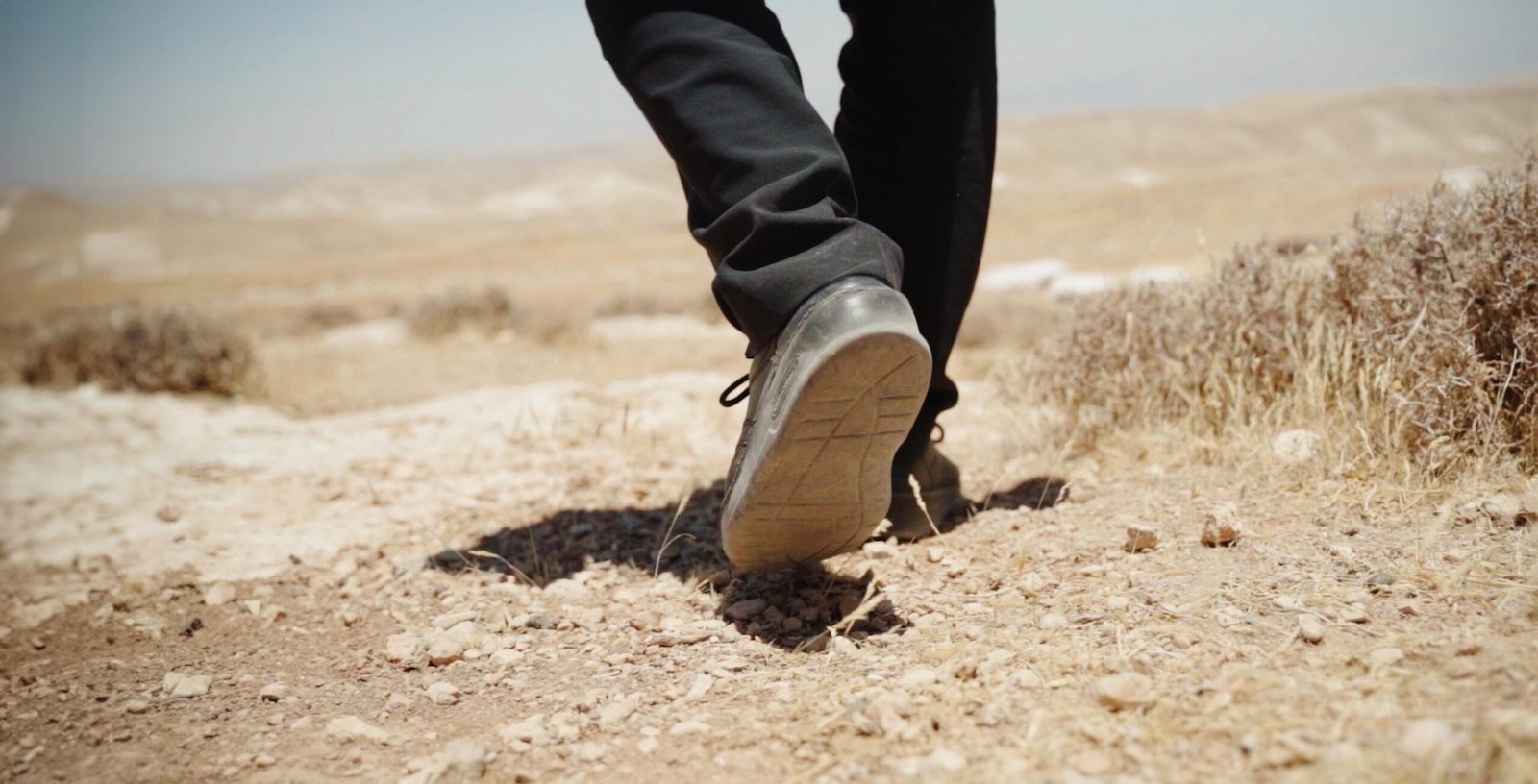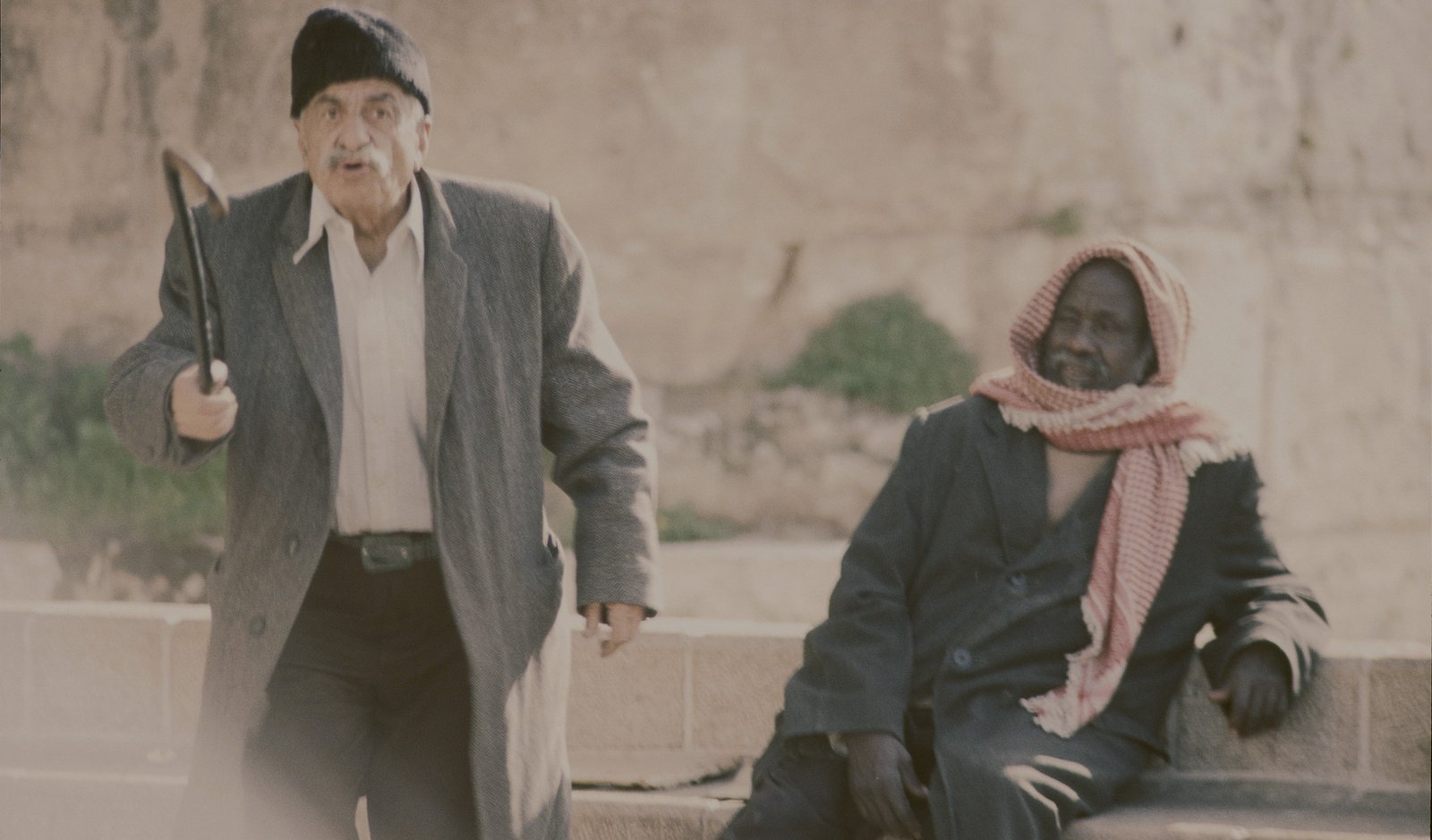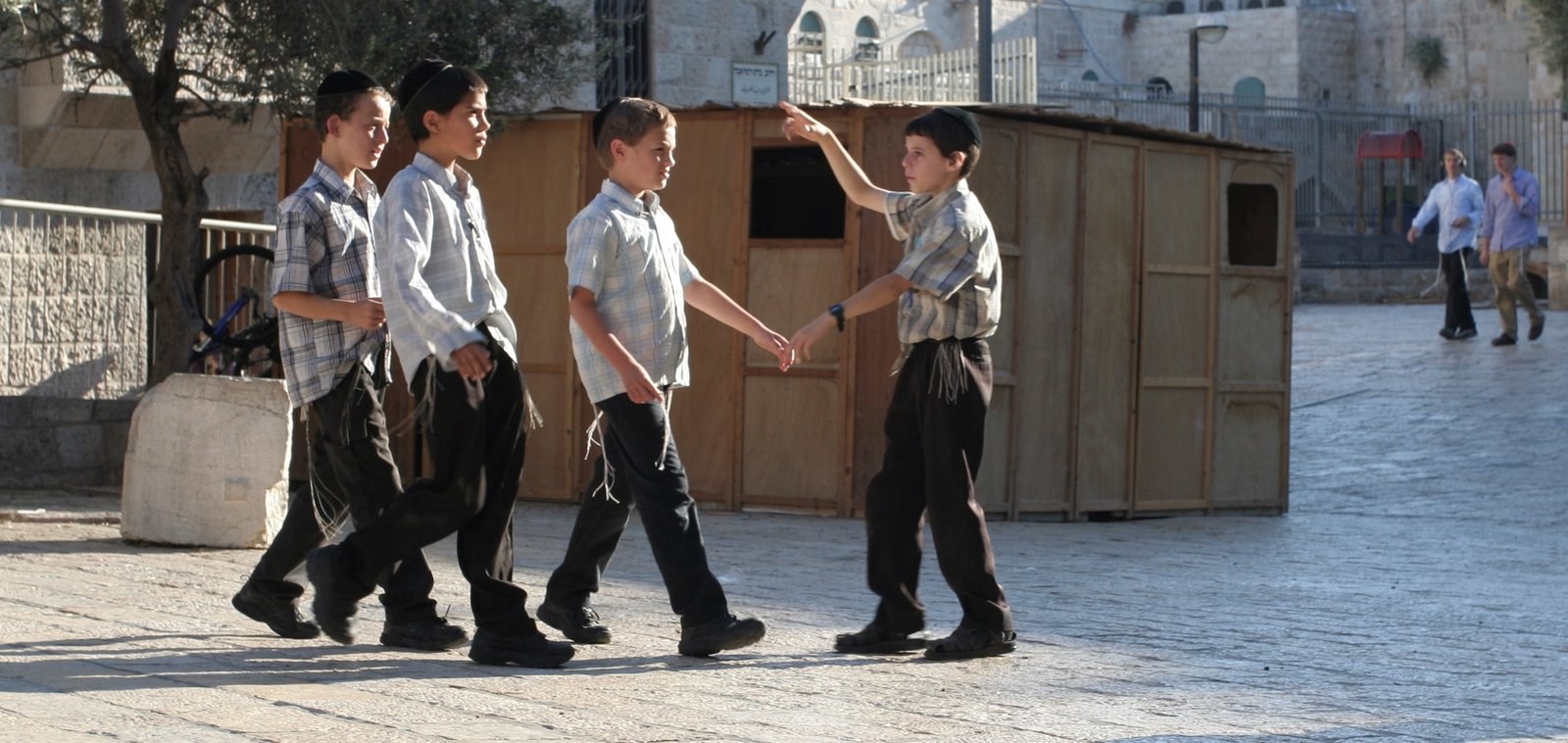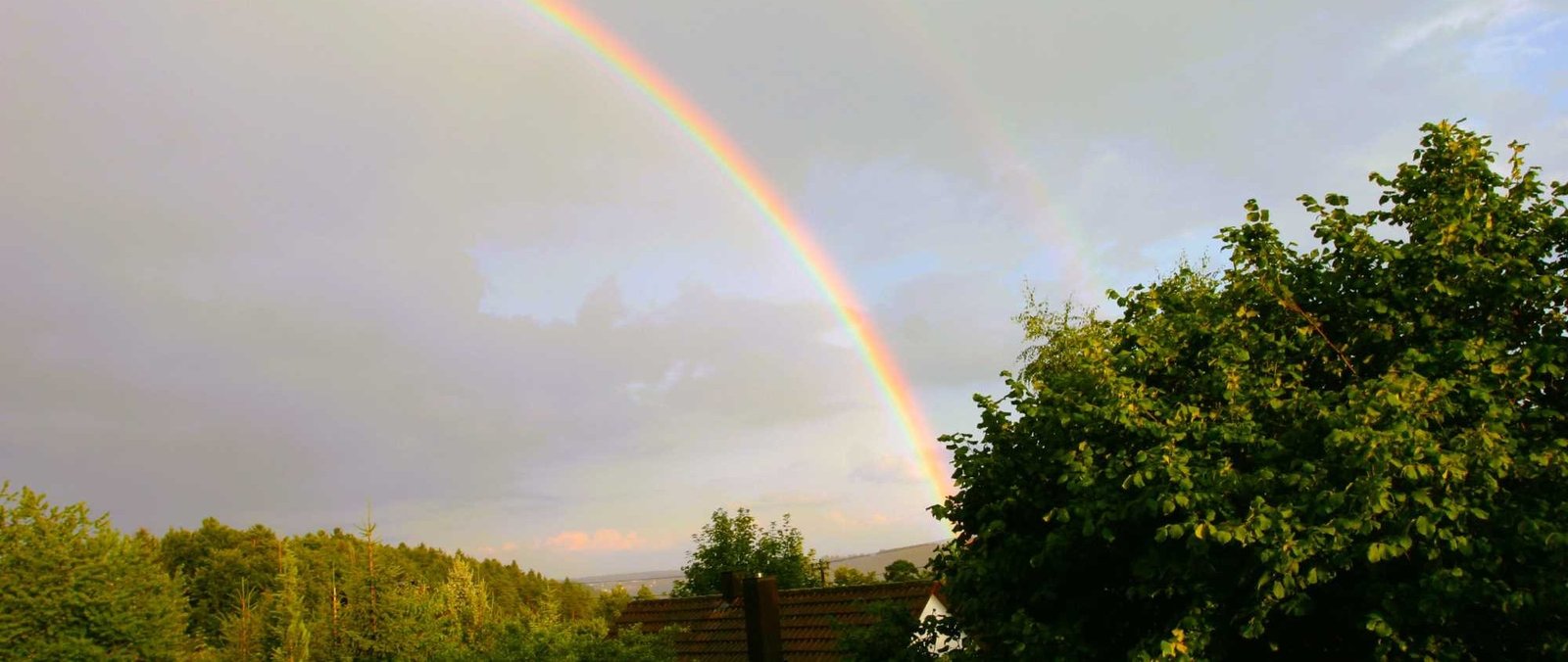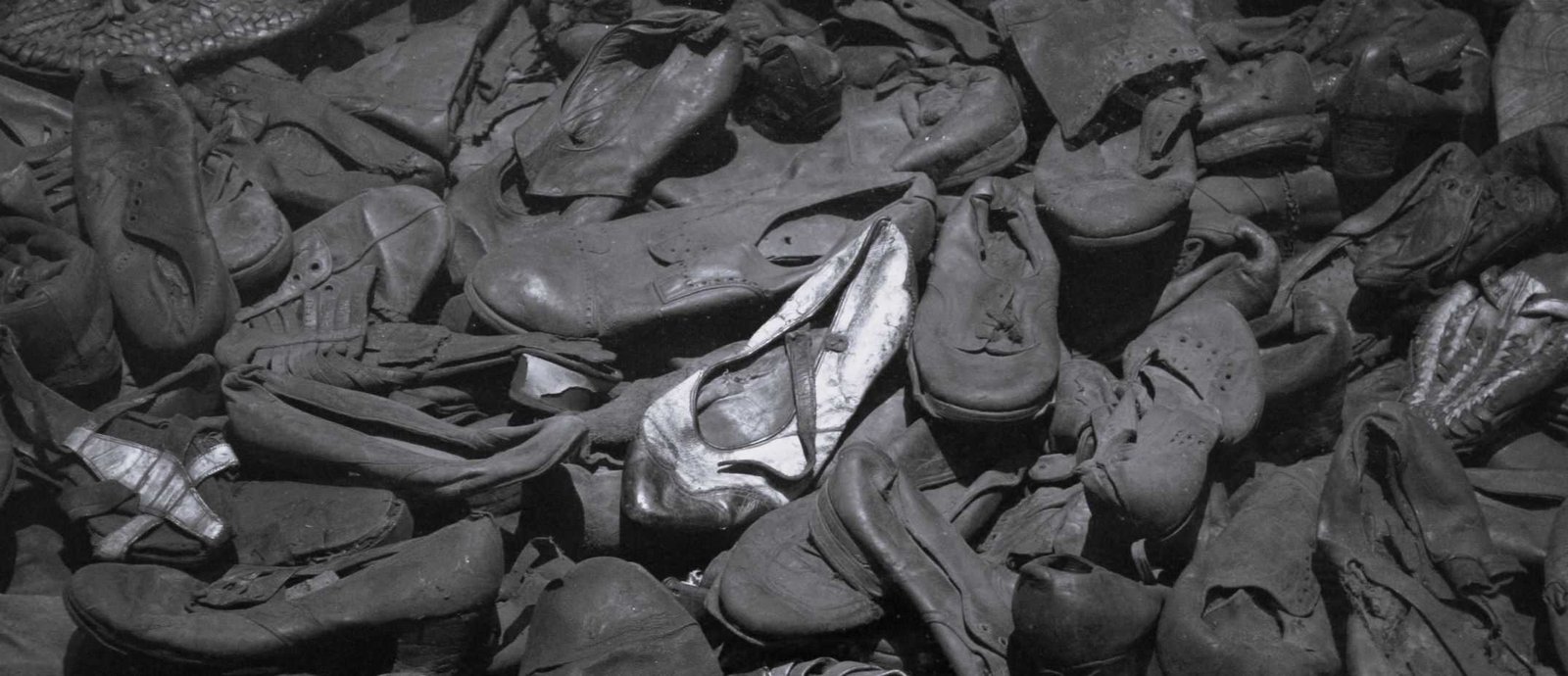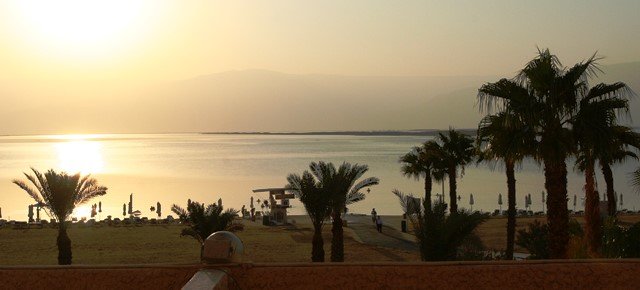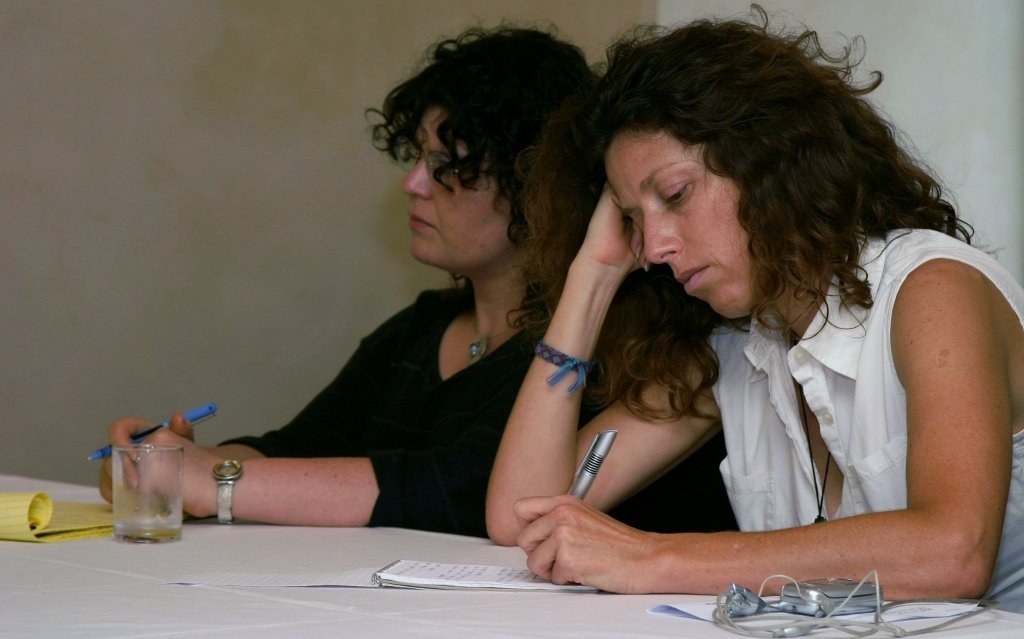Share This Story, Choose Your Platform!
On the eve of Passover in Israel large Jewish families gather for a joyful celebration. They remember that God led their people out of slavery in Egypt. The course of the evening is determined by the so-called Haggadah, a kind of liturgy that leads through the evening.
The Haggadah, which literally translated means “story,” is a mix of biblical texts and their rabbinical interpretations, prayers and songs. It narrates and comments on the Exodus from Egypt, contains instructions on ritual acts that illustrate what happened at the time. The texts are recited, prayed, performed and sung. The evening is a very important experience that introduces children to the works of God in a visual manner. The extent to which the Haggadah is read in full depends, of course, on whether a family is religious or not.
The tradition of keeping this festival and commemorating the Exodus from Egypt originates in God’s instructions to Moses on Mount Sinai. The oldest written evidence for a Haggadah is more than 1,000 years old. It is a manuscript that was discovered along with other ancient Jewish scriptures in the Ben Ezra Synagogue in Cairo.
Since Jews lived in many places around the world, countless versions of the Haggadah were created over the centuries; from magnificently illuminated manuscripts to printed illustrated booklets. Among the known printed versions, the oldest are from Guadalajara in Spain from 1482 and from Prague from 1526.
Almost at the end of the generally available Haggadah there is a song whose author is unknown, as is often the case with Haggadah texts. That is why it is also called a folk song. It is a song about numbers. However, the point is not to learn numbers, but the content that is important to Judaism. This song has become very popular, not only with orthodox, but also with secular Jews. It is even sung on a popular Israeli children’s show that features an English-speaking alien.
The song has no title and, like the first song of the Haggadah, begins with a question: “Who knows one?” or, even better, “Who knows the One?” Immediately you understand when hearing the answer: “One I do know: Our one and only God who is in heaven and on earth.”
Each verse uses the next higher number and starts with another question. As soon as the question is answered, all of the previous answers are repeated, in faster and faster tune. The song actually is a dialogue. Every question begins with “Who knows …” while the impression is given that everyone present is being asked and has a choice to find a suitable answer to the respective number. The answer always comes in the “I form,” as if someone shouted: “I know it!” So, the answer to question number two is: “I know it: Two are the tablets of the covenant.” Thus, immediately after the One Creator, the Word that God had given to the Israelites on Mount Sinai is introduced.
The history of the people of Israel is another priority. Anyone who knows three and four knows about the three patriarchs Abraham, Isaac and Jacob, and the four matriarchs: Sarah, Rebecca, Rachel and Leah. Five brings the five Books of Moses to mind. And let us not forget that it is not just about knowing about their existence that is important, but knowing what they say – as the Hebrew word lada’at (to know) suggests.
With the number six we arrive at the teaching of the rabbis. The Mishnah, a written collection of originally oral traditions around which the Talmud is built, has six parts. Seven brings us into everyday life, but also to creation and to the Creator Himself, as a week from the very beginning has seven days.
On the eighth day, a newborn Jewish boy is circumcised and in this way accepted into the Abrahamic covenant. A child is born after nine months. How important this is in Judaism that children come into the world is made clear by the fact that the nine months of pregnancy are symptomatic of the number nine and thus became an integral part of the Passover liturgy.
With number ten we are back to the commandments of God and with the eleven we stay in the Torah: Who knows the story when Joseph dreamed of eleven stars? When it comes to the number twelve, the twelve tribes of Israel come to mind. According to rabbinical teaching, the thirteen stands for the thirteen attributes of God’s mercy revealed in the Torah, for example when He met Moses on Mount Sinai (Exodus 34:6-7). Furthermore, thirteen is the numerical value of the Hebrew word “Echad,” “One,” which brings us back to the beginning, the one and only true God.



